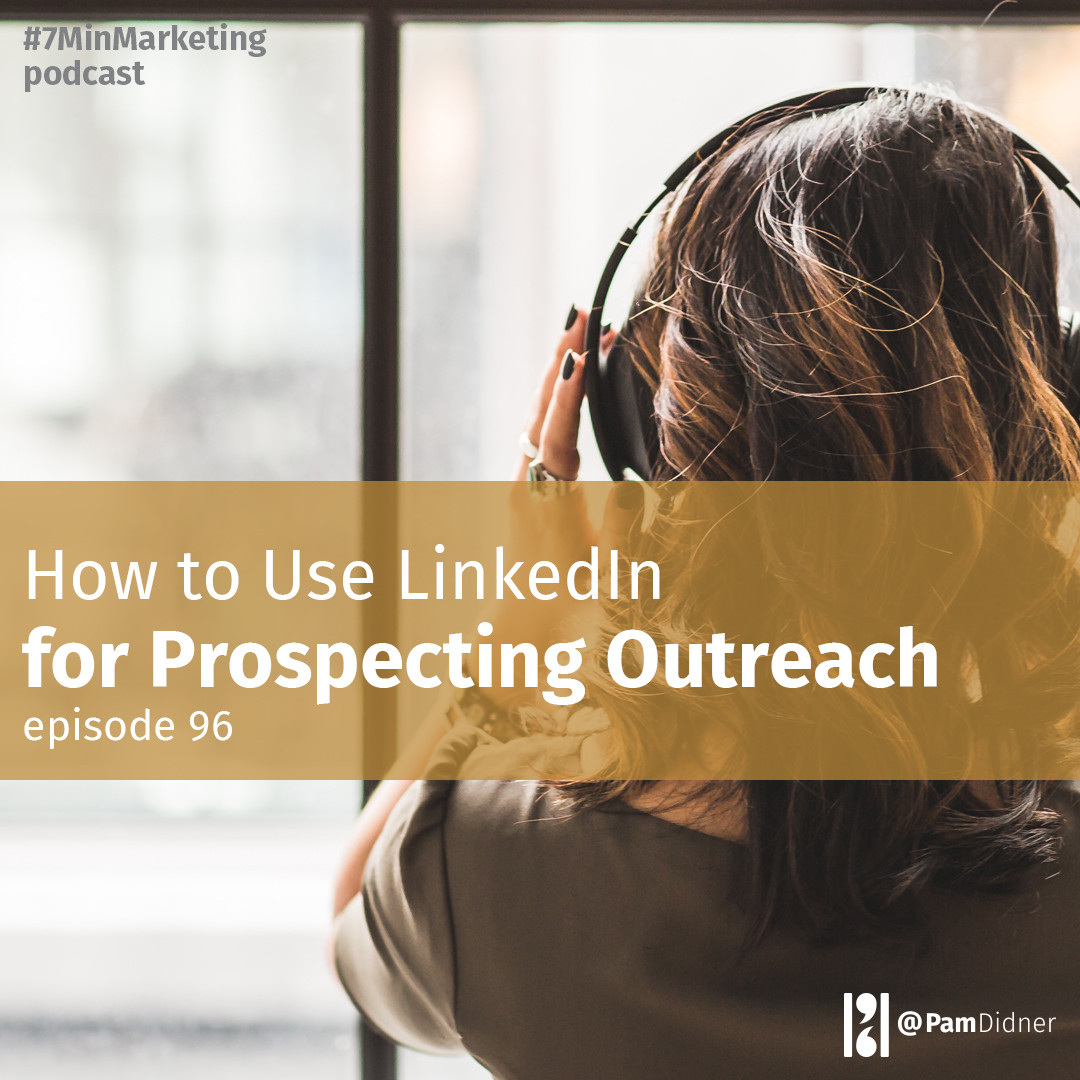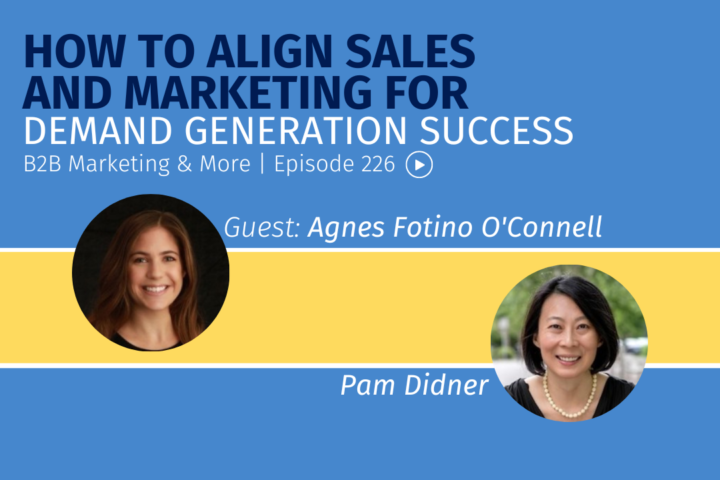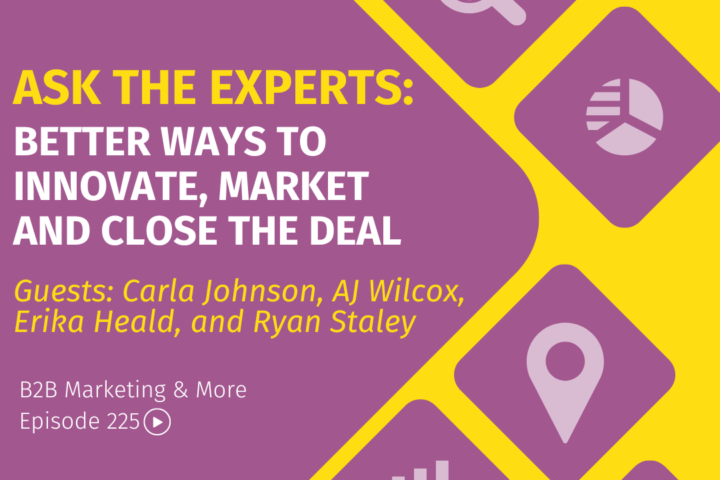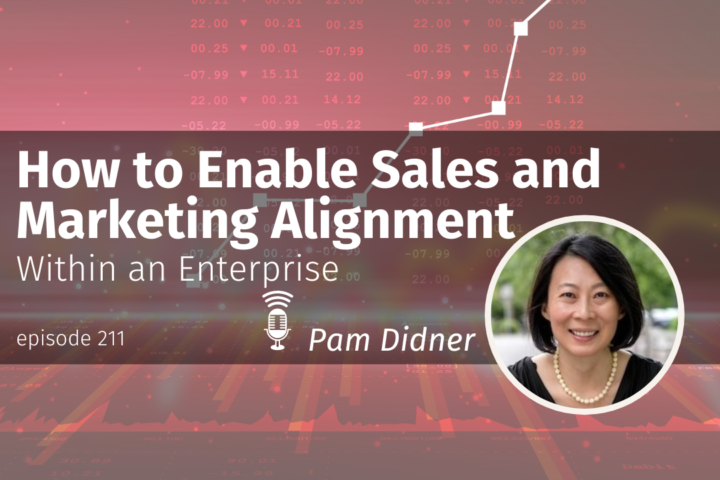
I have huge respect for salespeople. I do! Personally, I don’t think that I am cut out to be a sales rep. The reason is that I don’t take rejection well, I take it personally as if it’s my fault. So being told “no, thanks” 20-30 times every day is going to crush me. Needless to say, I haven’t been doing cold calls.
It’s time to increase my sales pipeline
My leads tend to come from referrals, workshops, and organic outreach through my website. It has worked well for me. But I want to increase my sales pipeline so I decided to give virtual cold calls a try. There are many ways to do that. I decided to use LinkedIn Sales Navigator and InMail since many of my prospects are on LinkedIn.
Find an expert to assist me
I couldn’t do this alone. I knew that I needed someone to help me out. Sean Anthony found me via virtual cold call (InMail) on LinkedIn. I didn’t respond to his email right away, but I liked the content he shared. He is salesy, but not too salesy. He is the founder of GrowthResponse.io and specializes in lead generation and customer acquisition using LinkedIn.
Identify Ideal Customer Profile, their pain points and challenges and my offerings
First, we identified my Ideal Customer Profile (ICP). I told him my peeps are B2B enterprise marketers in the manufacturing, healthcare, and financial services segments. He also drilled down on my ICP’s pain points and challenges. At the same time, I shared with him my offerings. I help B2B marketers in content marketing, sales enablement, and account-based marketing. Based on my offerings and my ICP’s pain points and challenges, we worked together to rewrite my headline and profile summary on LinkedIn. We want to make that very clear so that people can easily know what I do and offer.
Change my new headline, tagline, LinkedIn profile
In the past, I emphasized my corporate experience, author and speakership, but it didn’t help to explain what I do for my clients. So, we changed that.
Here is my new headline:
“Accelerating B2B marketers’ contribution to sales with content, sales enablement, account-based marketing using proven methodology”
I emphasized the keywords of content, sales enablement, and account-based marketing. I also explained that I have a process to do that.
Using different words, we also created a tagline so that I can place below my signature on LinkedIn:
This is my tagline:
“Helping B2B marketing teams increase sales velocity through content, sales enablement, and account-based marketing”
So, you can tell, it’s something similar. That tagline is part of the InMail, people can immediately understand what I do without going to my profile.
The next thing we tackled was the profile summary. I started by sharing my passion for creating alignment between sales and marketing. I followed that with the 3 main challenges that marketers encounter, then moved on to explain how I address these 3 challenges.
I moved the blurbs about authorship and speakership to the experience session, so people search for speakers on specific marketing topics can still find me.
On a side note…
I’ve changed my LinkedIn headline and profile at least 20 times in the past 5 years. The reason is that my expertise and experience continue to grow. Therefore, I need to constantly update my value propositions to reflect that. Plus, the secret of writing is rewriting. It’s amazing that I can constantly find better ways to explain who I am and what I do. A value proposition is not something you do and then just check off. You need to constantly evaluate what you do and what you can offer to be competitive.
Once we were done with ICP, LinkedIn headline, profile, and tagline, we were ready to approach virtual cold calling. For this, we carefully crafted a sequence of 5 emails.
Carefully orchestrate the sequence of email for cold calls
The first email is very simple and short. Let prospects know that I am reaching out because we share some mutual connections. Something simple like this actually enticed people to accept my invitation to connect.
- The 2nd email is a “Thank you for connecting” email and asks the prospects whether I can be a resource to them. It finishes by letting them know they can reach out anytime if they want to explore opportunities to work together.
- The 3rd email is a Value-Add email. I created a relevant blog post for my ICP, share the link with them and ask for their feedback.
- The 4th email is a meeting ask. I follow-up and check if they read my content. I also ask if they are open to a phone chat.
- The 5th email is the final email. In it, I remind them what I do and ask them to contact me if they ever need any help in the areas of content marketing, sales enablement or account-based marketing. I also share a free chapter from my latest book, Effective Sales Enablement.
I use Sales Navigator to find prospects and reach out to a small number of prospects every day. It requires that I stay on top of it and follow through with prospects consistently.
Here are some of my findings after 8 weeks of virtual outreach
- 35% accept my initial invitation
- Out of that 35%, 80% failed to respond to further emails and 19% said “no, thanks” after the 3rd or 4th
- Only 1% request a meeting
- Out of that 1%, 50% actually attend a meeting.
The first 90 days are typically an experimentation period where we try to achieve a message to market match. Here is the biggest finding for me:
We’ve noticed that manufacturing companies with 51-1000 employees have the best response rate, while larger enterprises, companies with 5001-10,000+ employees, have a poor response rate. That was counter-intuitive to me initially, since my experience is enterprise, therefore, I tried to align my enterprise experience with enterprise customers. But that’s not the case. Granted my experience is enterprise, but prospects that need my expertise are the companies that are growing into being a big enterprise. They are going through growing pains and have so much to do that they need strategy help… That’s really my sweet spot.
As a result, our focus for the next month will be on companies with 51-1000 employees.
One more thing to share…
For people who said no, some of them appreciate the useful content I share. But some people are pretty nasty, saying things like ‘I don’t appreciate you looking for work on LinkedIn.’ Well, that’s what LinkedIn is for. People are on LinkedIn to find work or jobs. That’s the way it is. But I understand their frustration of getting cold calls. I get it.
Since the purchase cycle for the prospects to engage with me is about 8-12 months, I am planning to run this outreach for several months and see how it goes. More updates to come.
So, do you do any virtual cold calls? How does that go?
Share with me and let’s keep learning from each other.
If you like the podcast, please share with your friends and colleagues, leave a review and comments on iTunes. It will mean a lot to me.
Before you leave, make sure to check out the previous podcast episodes!
You can also check out my blog post, Lessons Learned from Doing Virtual Cold Calls via LinkedIn Sales Navigator.



